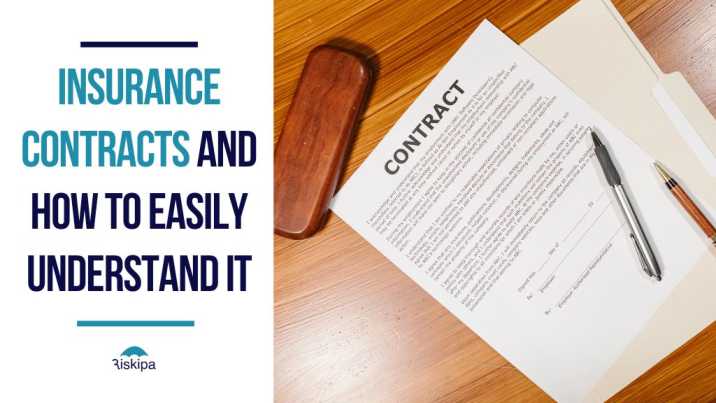
Car insurance is an important element of owning and operating a vehicle. It gives financial security against losses and damages caused by theft, accidents, or other unfortunate circumstances.
In this article, you will be provided with a step-by-step guide on how to get car insurance.
How To Get Car Insurance
Before analyzing the process of getting Car insurance, firstly, what is car insurance? Car insurance is a form of property and casualty (P&C) insurance that offers financial protection should you get involved in a car accident, your car is damaged in a non-collision event (i.e a falling tree, or hail owing to a thunderstorm, etc.), or a theft.
Steps To Getting Car Insurance
- Gather Required Information.
- Know your coverage needs.
- Select a method to shop for your car insurance.
- Compare Insurance Firms.
- Purchase your new policy (and deactivate your old one if exists).
1) Gather Required Information
The below information is essential when you plan to get car insurance:
- Basic details, like name, residential address, and birthdate of drivers on the policy.
- Driver’s license details of everyone intended to be on the policy.
- Information about the car such as Make, model, car identification number present odometer reading, etc.
- Driving history for all drivers, such as accidents, tickets, or any other violations.
- Your recent insurer, if available, and current coverage limits.
Read Also: What is Liability Car Insurance?
2) Know your coverage needs
When evaluating quotes from various insurers, ensure that you get the same amount of coverage from each firm. If you aren’t sure of the amount you need, check for your state’s minimum car insurance requirements.
Below are some of the important Car Insurance Coverage
- Liability Coverage
This helps cover the expenses of property damage and bodily injury caused to others if you’re responsible for an accident.
- Collision and Comprehensive Coverage
Collision and comprehensive coverage offer more detailed security. Collision coverage pays for repairs or replacement if your car is damaged in an accident irrespective of who’s at fault. In contrast, comprehensive coverage covers non-accident-related damages like theft, fire, vandalism, and acts of nature.
- Uninsured/Underinsured Motorist Coverage
Uninsured/underinsured motorist coverage helps pay for medical bills and property damage, ensuring you’re not left high and dry by a lawless driver.
- Personal Injury Protection (PIP) Coverage
Personal Injury Protection (PIP) coverage helps cover medical bills, lost wages, and even funeral expenses for you and your passengers, irrespective of who caused the accident.
3) Select a method to shop for your car insurance.
Below are options you can take when getting car insurance, their pros and cons— and what to know about each one.
Car insurance directly from the insurer
With direct car insurance, there’s no need to seek out an agent or broker. Here is what to do: get your quotes online, go through the policy options, and complete the quoting process at your convenience.
Pros
- Convenient.
- No need to go through an agent
- Liberty to manage and arrange your policy.
Cons
- It’s not as efficient as hiring an agent or broker.
- You do all the work
Car insurance from a captive agent
This method was once the usual way to purchase car insurance coverage. Captive agents work mainly for a single insurance firm and act as your go-to person from the day you get your policy.
Pros
- There is someone to hold you by hand every step of the way
- This option helps you manage multiple policies.
- A long-lasting relationship with your insurer.
Cons
- A bit pricey.
- They compare policies with other firms since they work for a single insurer.
Read Also: What is Gap Insurance?
Car insurance from an independent agent or broker
Unlike captive agents, independent agents and brokers don’t work for one firm. Instead, they work with multiple providers and can give you a variety of policies and quotes.
Pros.
- Price and coverage flexibility than captive reps can offer.
- Full grasp of how much coverage you need, which helps avoid unnecessary add-ons or upsells.
Cons
- Extra fee
- No access to quotes from firms that use captive agents.
4) Compare Insurance Firms
For the best choice get quotes from at least 3 different providers to make informed decisions. Also, when analyzing prices, ensure to compare policies with the same coverage limits and deductibles.
5) Finally, take out your new policy
Editor’s Recommendations:
 Colors
Colors 








